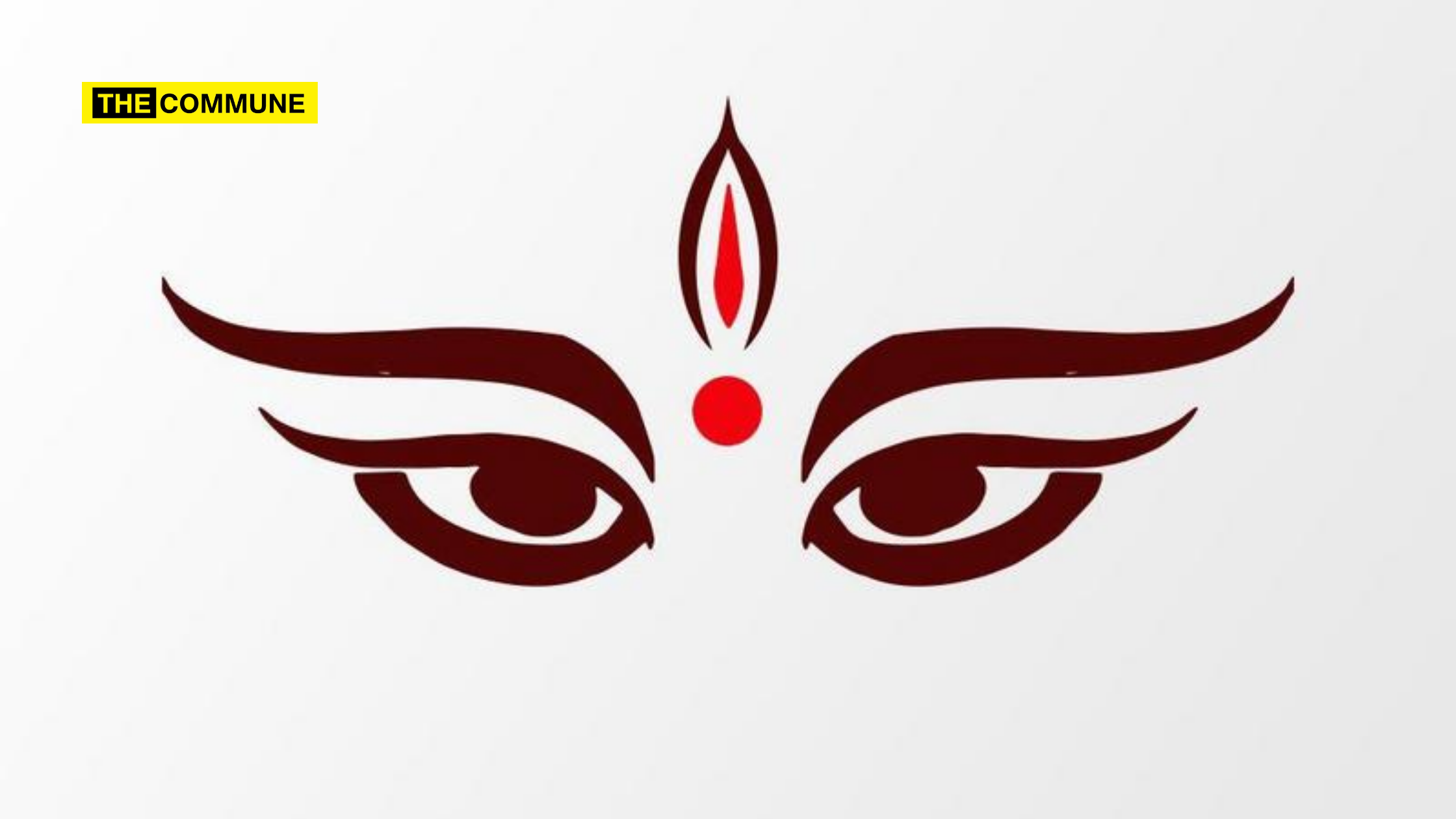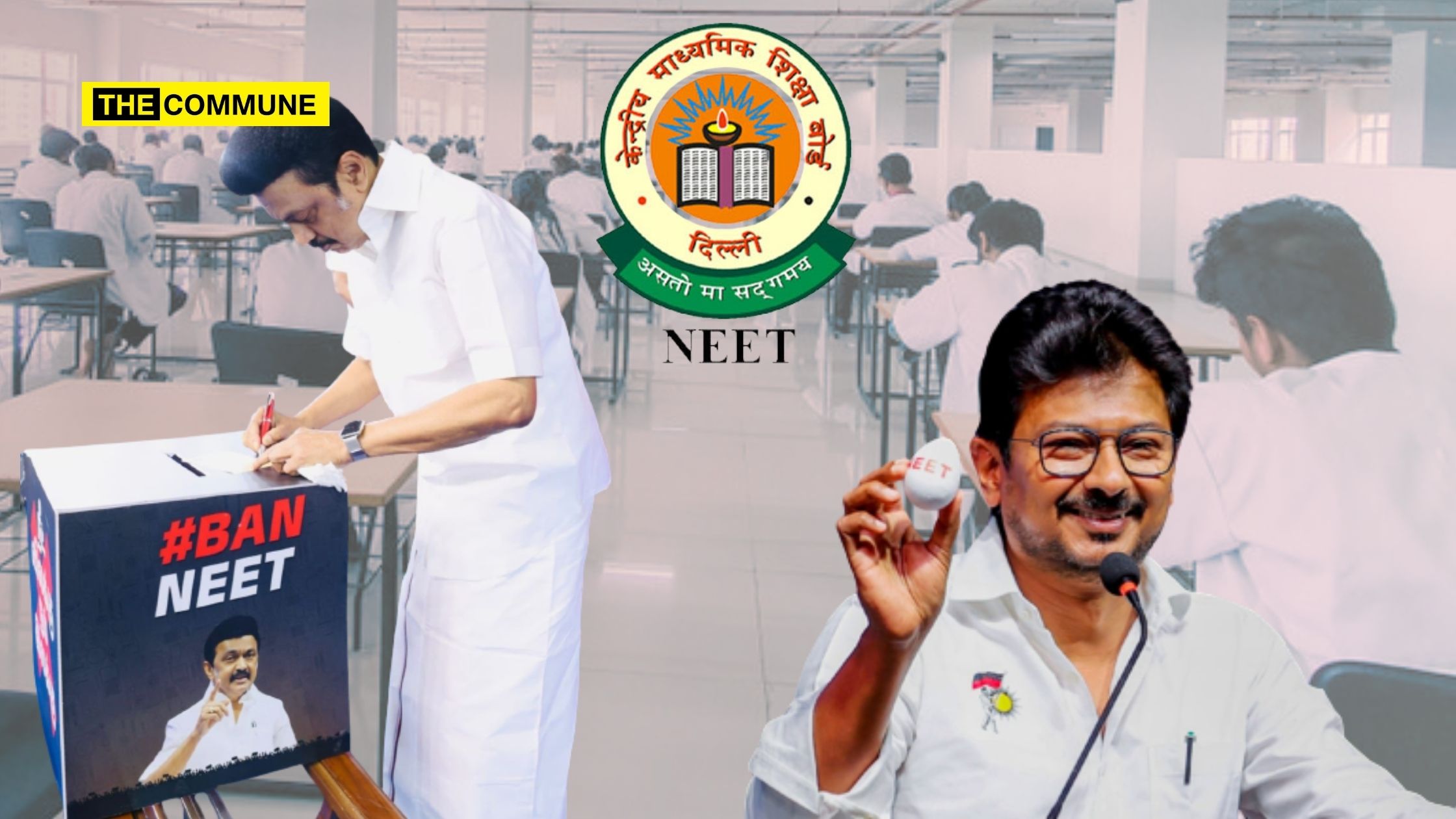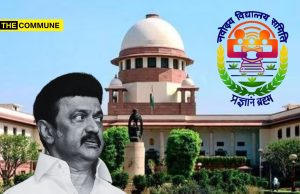
The Union Cabinet chaired by Prime Minister Narendra Modi gave its assent to the National Education Policy 2020 on July 29, 2020 paving way for the long awaited reforms in education sector. Congratulations are in order for TSR Subramaniam, Dr. K. Kasturirangan, Smt. Smriti Irani, Prakash Javdekar & Ramesh Nishank Pokhriyal and other experts for a comprehensive and forward looking National Education Policy that addresses some of the problems plaguing India’s education sector today. The policy outlines its key principles as ‘respecting diversity, localized curriculum, community participation, critical thinking, continuous review, conceptual understanding and extensive usage of technology. The NEP also puts a special focus on socially and economically disadvantaged groups (SEDGs. The policy as a whole comes out with different strategies to reduce differences category-wise in school education.
More Relevant School Education
NEP has transformed the curriculum and pedagogical structure, dropping the 10+2 model, and replacing it with 5+3+3+4, for foundational, preparatory, middle and secondary schools, respectively. In the new model, students can start taking vocational courses from class 6th onwards, and students from class 8th-12th will have an option to choose between subjects. Also, students of Grades 6th-8th will have a practice-based curriculum with internships with local vocational.
Elimination of single “high stakes” board examinations and a more regular formative assessment will relieve the students and their parents of the pressure associated with the board exams. High quality specialised content in multiple Indian languages and also curated from across the world to be made available for nominal fee in online repositories such as the National Digital Library will pave way for students to access content that hitherto remains expensive.
A New Dawn For Higher Education
NEP 2020 allows multiple entry and exit points in a higher education degree, enabling lifelong education, with an Academic Bank of Credit (ABC) for credits earned from various recognized institutions. By 2040, all higher education centres shall become multidisciplinary institutions and shall have thousands of student enrollments, for optimal use of infrastructure and resources. The abolition of hard separation of arts and science, as also curricular and extra-curricular activities is a welcome change that will allow students from different streams to pursue their interests without compromising. For example, a techie can also pursue their interest in music or history.
With the practice of setting up standalone universities for professional education set to be discontinued, the mushrooming of medical and engineering colleges at every nook and corner will be arrested.
Other elements like bilingual education (english and language) especially for lawyers and judges will of, common first two years for MBBS-BDS-Nursing, exit exams doubling up as PG entrance exam for medicine are some of the much needed reforms.
On the governance side, National Higher Education Regulatory Authority (NHERA) for governance, and the Higher Education Grants Commission (HEGC) for funding will be changing the ground for professional education.
Treating public and private institutions on par within regulatory regime and allowing world’s best universities to set up campuses in India and vice versa will be changing the higher education scene forever. Rashtriya Shiksha Aayog headed by the Prime Minister to oversee and implement the new education system shows the importance that the Prime Minister gives to education.
Promotes Multilingualism
Education in the home language/mother tongue, high quality textbooks in all languages is a suggestion that comes from research studies that shows that learning in a language that one is familiar with improves learning outcomes.
The three languages policy mooted in the NEP will further integrate the nation with students getting the opportunity to learn various Indian languages. Local language and dialects will also be rejuvenated.
Education in Accordance with Bharathiya Values
Study of Indian languages like Sanskrit, Tamil, Telugu, Malayalam, Odia, Pali, Kannada, Persian, Prakrit and its rich literature, inclusion of music and art, local folk music and instruments into pre-school and schools, taking up at least one art for deeper study, interaction with local artists and crafts persons will instill a sense appreciation for Indian arts and culture. These are vital for making our civilisational values vibrant and resurgent.
Course on critical issues facing the community, country and world for all students in grades 7-8 will help create a nation of aware citizens. Exposing students to basic human and constitutional values of satya, seva, ahimsa, nishkaam karma will create human capital with ethical values, much needed for the current world.
Need to put policy to practice
These dramatic changes will involve raising education budget to 6% which has been only a promise since 1948. The NEP 2020 includes a detailed with a 40-year timeframe for its implementation, with the initial years focusing on creating frameworks and preparing the field. What is needed is for the policy to be put effectively into practice.




